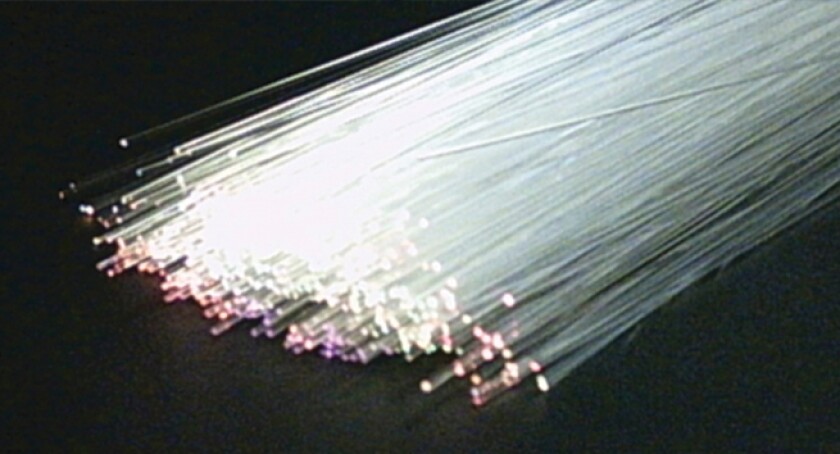Last week Crown Castle International (CCI) announced its intention to buy Sunesys, a wholly owned subsidiary of Quanta Services, Inc., for US$1bn, a move that will further enhance CCI’s footprint in their domestic market. Sunesys owns, operates or has rights to approximately 10,000 miles (16,093 km) of fibre across the U.S. with particular concentration in metropolitan areas such as Los Angeles, Philadelphia, Chicago and Atlanta.
The news followed the recent announcement of the potential sale of Crown Castle Australia, which is currently receiving bids from firms such as U.S. based Providence Equity Partners, New Zealand infrastructure asset manager Morrison & Co, Canada’s Brookfield Asset Management and Macquarie Group’s infrastructure arm.
Ben Moreland, President and CEO of Crown Castle, commented on the deal by stating that “We are thrilled with the agreement we have reached to acquire Sunesys. We pursued this transaction based on our view that the unique location of Sunesys’ high-quality fibre assets will help to accelerate and extend the runway of growth in our small cell deployments. Small cells are playing an increasingly critical role as wireless carriers pursue fibre-fed deployments to add capacity and density to their networks to accommodate the significant growth in mobile data. The Sunesys fibre assets are both complementary to our existing footprint and located where we expect to see significant investment by wireless carriers. Based on current small cell activity, including awarded and proposed small cell deployments, we have visibility into more than 3,500 small cell opportunities on or near the Sunesys fibre.”
While CCI is shifting its attention on domestic investments and diversifying into small cells, DAS and now fibre in the U.S., American Tower have also dabbled with DAS, their principal growth narrative is one of international acquisition with a continuing focus on macro towers, their principal innovations are to engage in increasingly diverse and complex tower markets where, in some cases, they have to extend beyond ‘steel and grass’ and get their hands dirty managing power
While many commentators - including TowerXchange - speculated about a possible international move of CCI in markets such as Brazil, recent moves suggest that the company’s strategy is moving in the opposite direction. In fact, CCI seems to have less and less appetite for international opportunities, passing on opportunities to enter Brazil while divesting its Australian business.
Interestingly, CCI’s strategy is in direct contrast with the one adopted by American Tower, whose international ambitions have increased over the past twelve months thanks to three substantial acquisitions in the Brazilian and Nigerian markets.
As previously reported, AMT acquired 4,800 towers from Airtel Nigeria for US$1.05bn, and concluded two mega deals in Brazil with BR Towers (US$978mn) and TIM Brasil (US$1.2bn) over the course of 2014. And whereas CCI’s deal is a transaction of comparable value, its focus and strategy couldn’t be different.
While CCI is shifting its attention on domestic investments and diversifying into small cells, DAS and now fibre in the U.S., American Tower have also dabbled with DAS, their principal growth narrative is one of international acquisition with a continuing focus on macro towers, their principal innovations are to engage in increasingly diverse and complex tower markets where, in some cases, they have to extend beyond ‘steel and grass’ and get their hands dirty managing power.
TowerXchange believe it’s too soon to reach a verdict on whether ‘doubling down’ on the U.S. market and supplementing towers with small cells, DAS and fibre, or whether international expansion focusing on macro towers will literally pay the most dividends, but it is interesting to see the two rivals apparently so divergent in their vision.
Finally, we note that in comparison, SBA Communications seems to be selectively choosing from both strategies: collaborating with and investing in ExteNet Systems on DAS and small cells, while taking simultaneously expanding internationally, albeit more conservatively to date than AMT – restricting themselves to diversifying into Central and South America.

